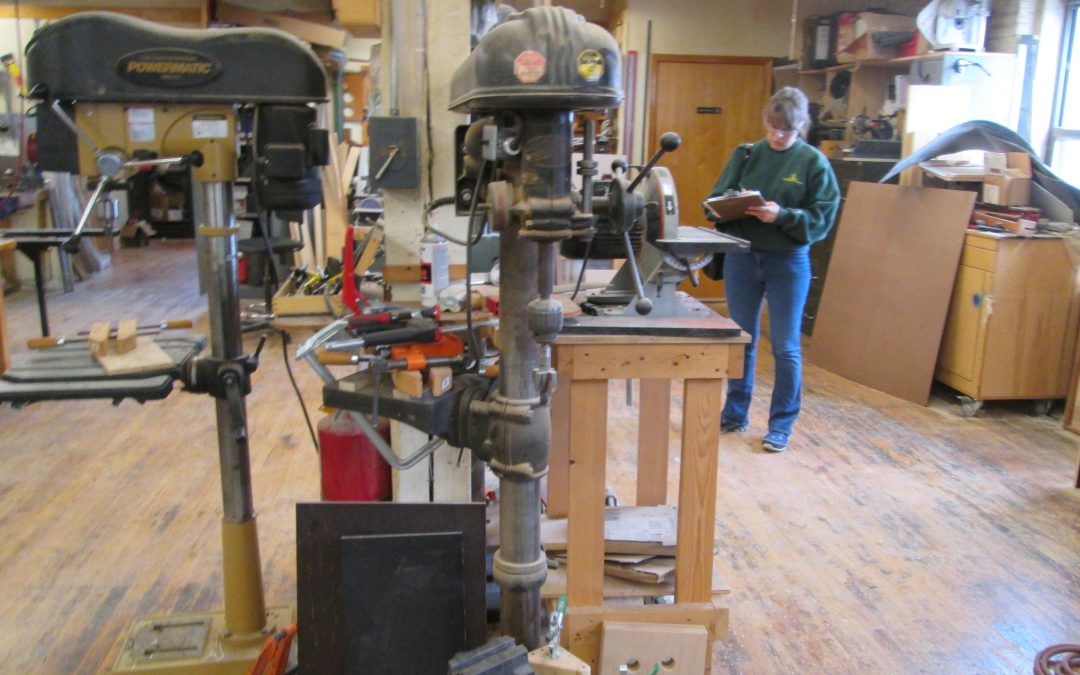
EPA Designates Two Per- and Polyfluoroalkyl Substances (PFAS) as Hazardous Under CERCLA
The Comprehensive Environmental Response Compensation and Liability Act (CERCLA) defines a hazardous substance as any element, compound, mixture, solution, or substance (designated under Section 102 of CERCLA) that may present substantial danger to public health,...

Fueling Controversy: The Dark Truth of Using Diesel as a Solvent
A solvent is a substance – typically in a liquid state – that is capable of dissolving, suspending, or extracting materials without inducing a chemical reaction. The effectiveness of a solvent is determined by the degree of chemical similarities between the solvent...

Part 361-5 Construction and Demolition Processing Facilities Marketing F4 and F5 Materials as per Part 360.13 Restrictions
On July 22, 2023, the New York State Department of Environmental Conservation (NYSDEC) promulgated the new Part 360 series. While there are several major operating changes, there are even more significant and major changes to the marketing of the product materials....

Semi-Annual Stormwater Sampling Deadline Approaching
General information With the end of June approaching, make sure you don’t forget the upcoming deadlines to comply with New York State Pollutant Discharge Elimination System (SPDES) requirements! The New York State Department of Environmental Conservation (NYSDEC)...

OSHA Rule Allowing Third Parties to Attend Walkaround Inspections Finalized
In late March 2024, OSHA amended the OSH Act in the section pertaining to representatives on walkaround inspections. Specifically, the regulation had stated that only employees of an organization could be authorized as employee representatives on inspections. ...

EHS Audit Preparation
If your business was surprised with an environmental health and safety (EHS) audit today, would it pass? Many times, the answer is no. An EHS audit is used to assess regulatory compliance in the workplace. Many different agencies can conduct an EHS audit, such as the...

Construction Safety Week: Spotlight on Fall Protection
Falls are repeatedly among the leading causes of injuries and fatalities in the workplace. To help reduce the number of fall-related incidents, using fall protection when working at elevated heights has become a federal requirement for employees. A person without...

Construction Safety Week: May 6–10, 2024
Next week is Construction Safety Week. This event was started in 2014 with the purpose of encouraging construction companies to reflect on and recommit to their safety practices. The ultimate goal is zero accidents or incidents on every job site. The theme of this...

NYS Disadvantaged Community and Environmental Justice Requirements
New York State passed the Climate Leadership and Community Protection Act, Chapter 106 of the Laws of 2019 (CLCPA or Climate Act). Portions of this law were written to directly address the impact that climate change is having on what is described as disadvantaged...

The Advantages of Outsourcing Environmental Health and Safety: Streamlining Compliance and Efficiency
Can you afford to outsource EHS services for your company? The more accurate question is, how can you afford not to? Outsourcing EHS services does not mean ceding control of the process to an outside entity. Far from it. Rather, it means hiring experts to augment your...
